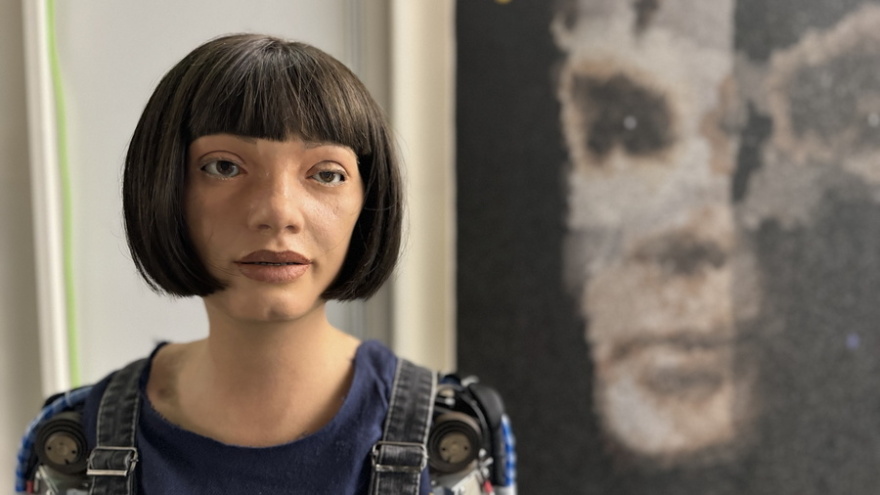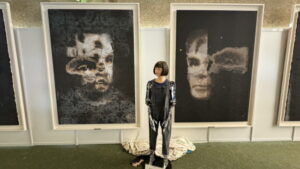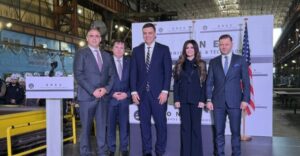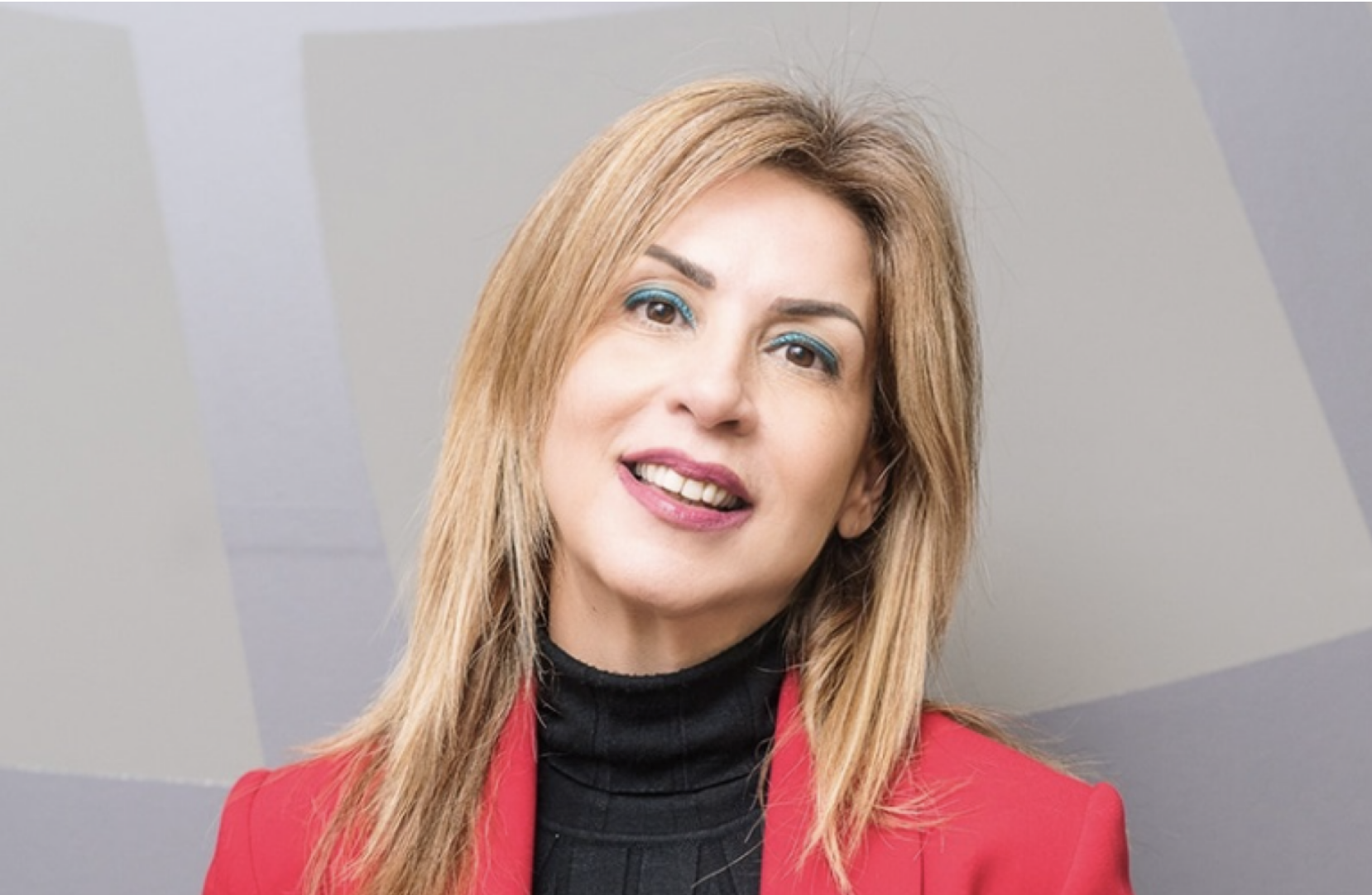A portrait of English mathematician Alan Turing was sold yesterday, Thursday, for one million euros, becoming the first artwork created by a humanoid robot to be sold at auction, Sotheby’s announced.
The work, titled “A.I. God,” created by “Ai-Da,” the world’s first highly realistic “artist” robot, swept through predictions and reached $1.08 million during an online auction held by the auction house.
“The record sale price achieved today for the first artwork by a humanoid robot artist to go to auction marks a milestone in the history of modern and contemporary art and reflects the meeting between artificial intelligence technology and the global art market,” the auction house said.
“The fundamental value of my work is its ability to catalyze dialogue about emerging technologies,” said the robot, which expresses itself through artificial intelligence.
An Alan Turing painting by a humanoid robot artist called Ai-Da has made history by selling for $1.32 million at Sotheby’s, becoming the first such work to be sold by a major auction house pic.twitter.com/57ysMwMn2M
– Reuters Science News (@ReutersScience) November 8, 2024</blockquote
According to Ai-Da, “the portrait of pioneer Alan Turing invites viewers to reflect on the divine nature of artificial intelligence and computing, while considering the ethical and social implications of this progress.”
This super-realistic robot looks like a woman with big eyes and a black wig and is one of the most perfected in the world.
Ai-Da’s name was inspired by Ainda Lovelace, considered one of the pioneers of computing, and was coined by Aidan Meller, a specialist in modern and contemporary art.
This robot, which uses artificial intelligence to create paintings or sculptures, has cameras in its eyes and bionic hands. It moves and expresses itself autonomously, without human intervention.

“The greatest artists in history have battled with their times and simultaneously glorified and challenged the changes in society,” Meller stressed.
Alan Turing, a mathematician and cryptographer during World War II who is considered one of the fathers of computing, had expressed concern as early as the 1950s about the future uses of artificial intelligence.
The “dark tones and facial fractures” of the mathematician’s portrait seem to suggest “the difficulties that Alan Turing warned us about when it came to managing artificial intelligence,” Meller pointed out.
Ai-Da’s works ask “where the power of artificial intelligence will take us, and the global race to harness that power,” he added.
Ask me anything
Explore related questions





